During Maths Month, held in May at the primary school, each year group designed and carried out thematic activities based on the content of their classes.
In Primary School, a fundamental concept of Mathematics education is the connection with everyday life. This means the aim of Mathematics education is to equip students with essential mathematical knowledge, skills, ideas, and activities crucial for social life and their future growth. This includes helping students recognize the connections between mathematical concepts, those of other subjects, and their real-life applications. Students are encouraged to identify and formulate problems within real-world contexts, then analyse and solve these problems using mathematical principles and interdisciplinary approaches.
In this way, students are encouraged to nurture a mathematical curiosity and to understand the practical value of mathematical thinking. They also learn to appreciate its intrinsic beauty, enhance their interest in the subject, and build confidence in their mathematical abilities. By cultivating effective mathematical learning habits, they foster a scientific mindset characterized by questioning, self-reflection, and exploration.
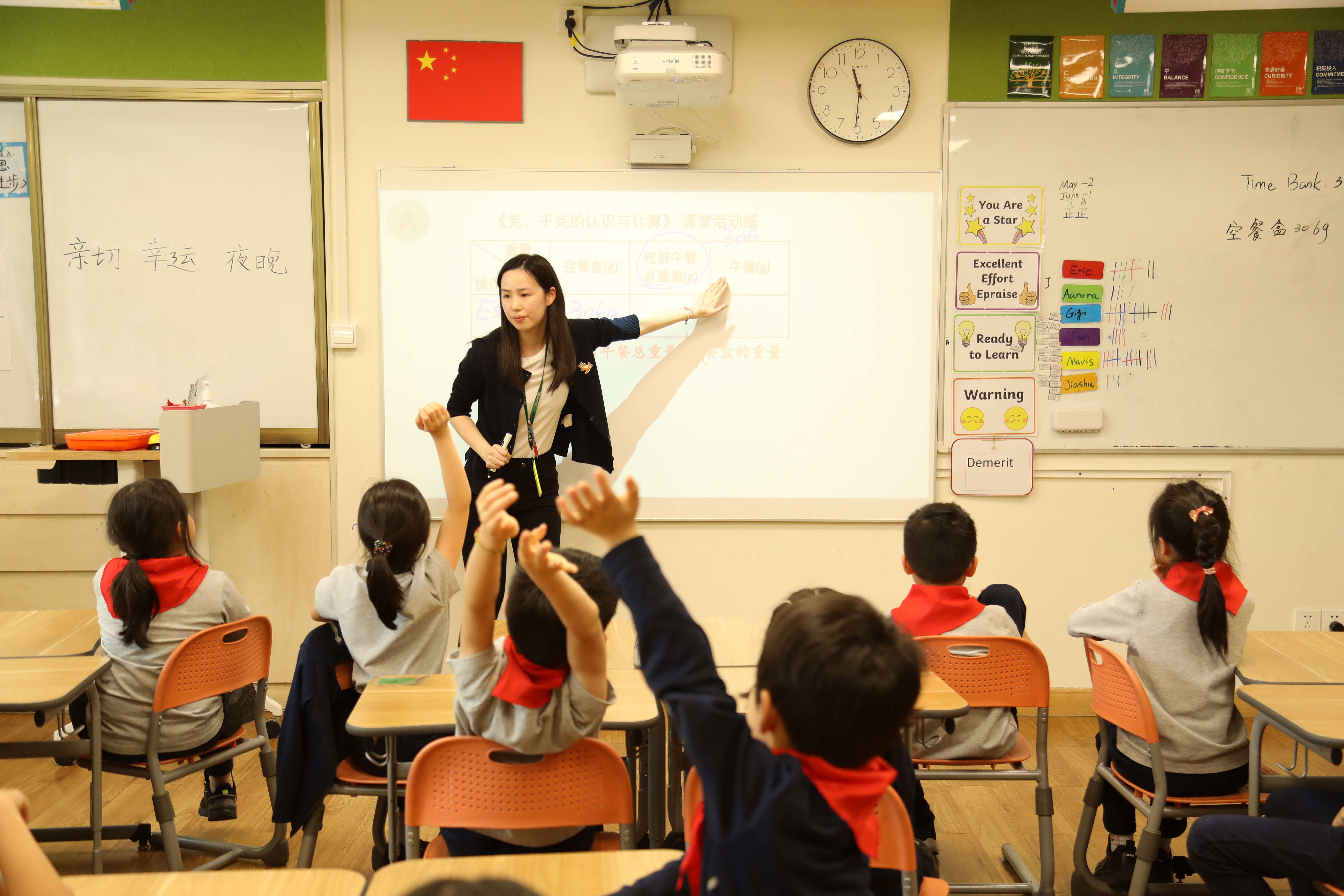
During this year’s Maths Month, Year 1 students studied the concept of the Chinese currency (RMB) in their curriculum. This inspired their teacher to organize a field trip to the Shanghai Mint Museum. This visit allowed the students to observe the production of coins, and thus learn how they are made. After the visit, the museum curator was invited to the school to enlighten the students about the history of money. This presentation covered topics such as the origins of money over 3,000 years ago, the relationship between money and writing, the evolution of currency, and more.
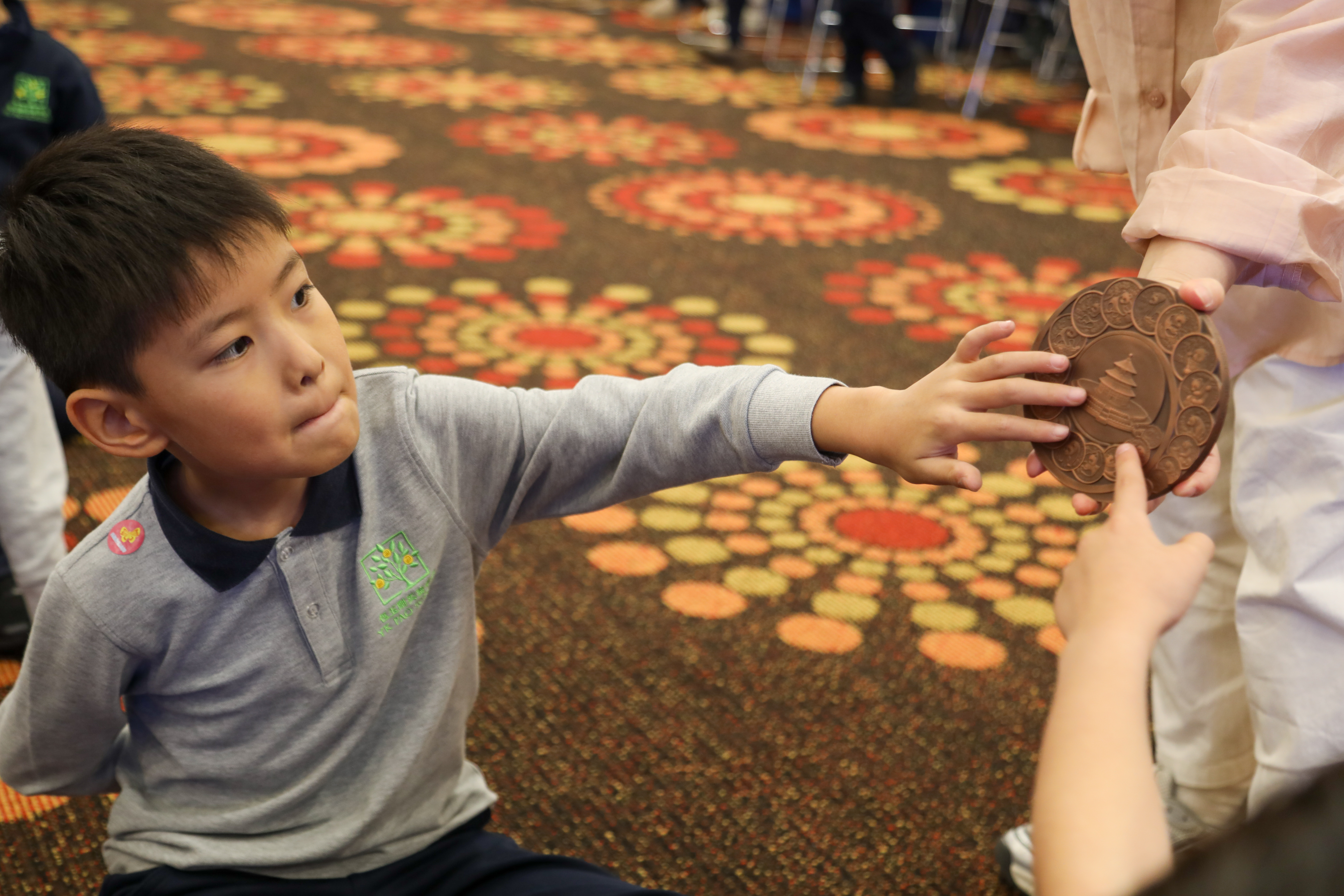
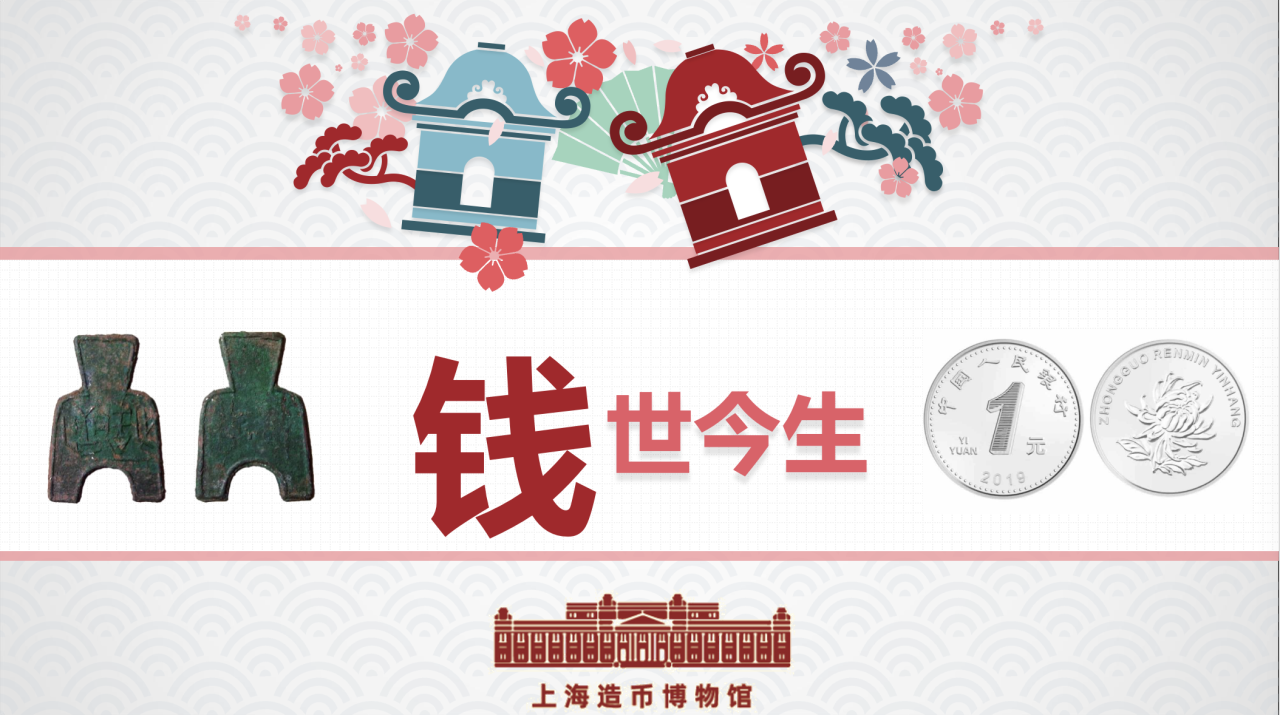
Lecture taught by teachers from the Shanghai Mint Museum
Students from Year 2 are engaged in the 'Clean Plate' activity, which they integrated with the unit on weightings. They explored questions such as 'How much does a typical lunch weigh?' and 'How does the number of children's lunches correspond to the amount of food saved or wasted?' In an inquiry activity, students researched various units of mass from around the world, highlighting the necessity of standardizing these units.
Students then conducted a practical exercise where they weighed the components of a lunch and calculated the number of lunch boxes that would equal a given quantity of wasted food. Coupled with discussions on the global food crisis, this underscored the importance of food conservation, fostering a sense of global citizenship among the students.
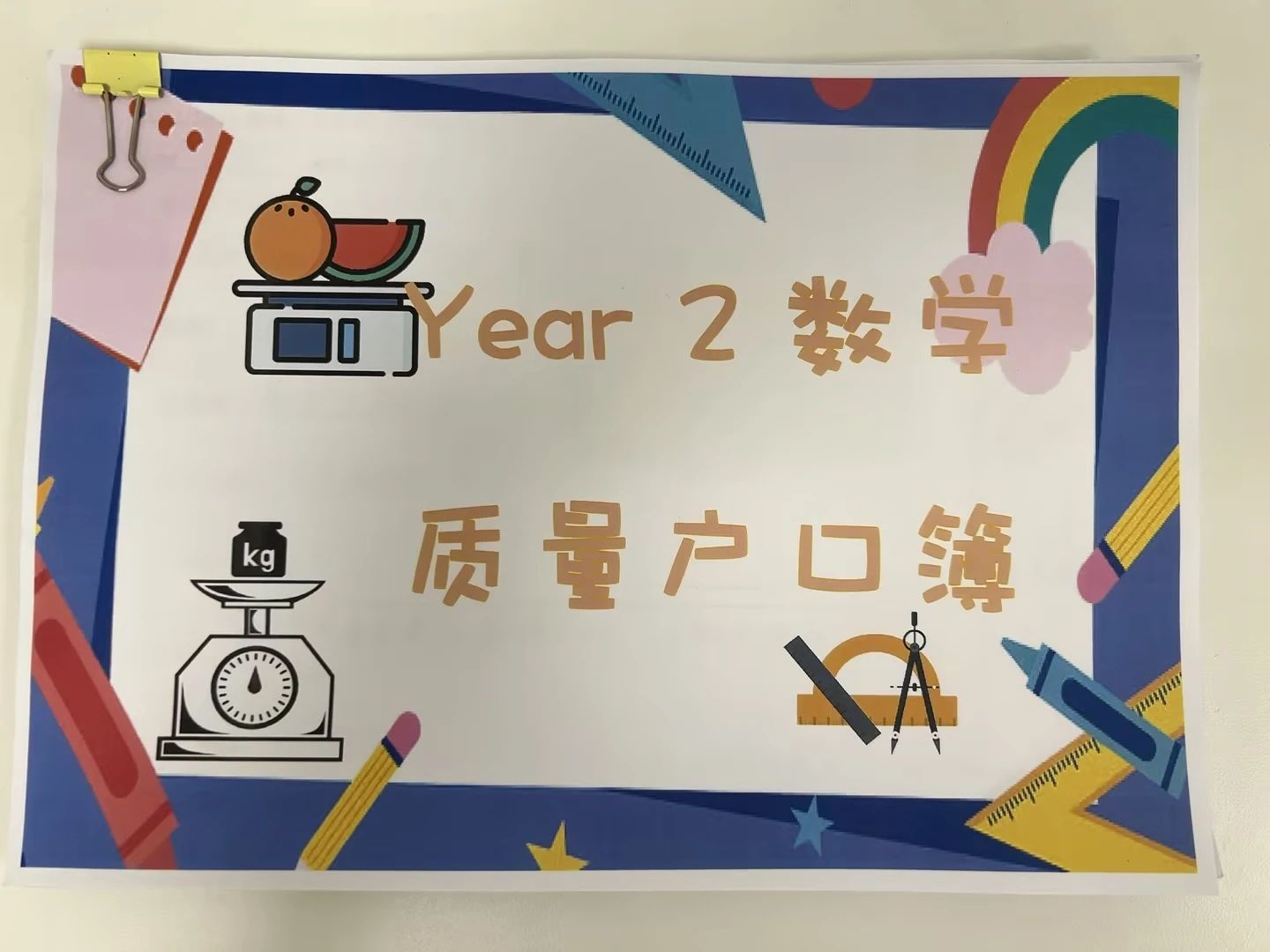
Global units of measurements handbook made by Y2 students
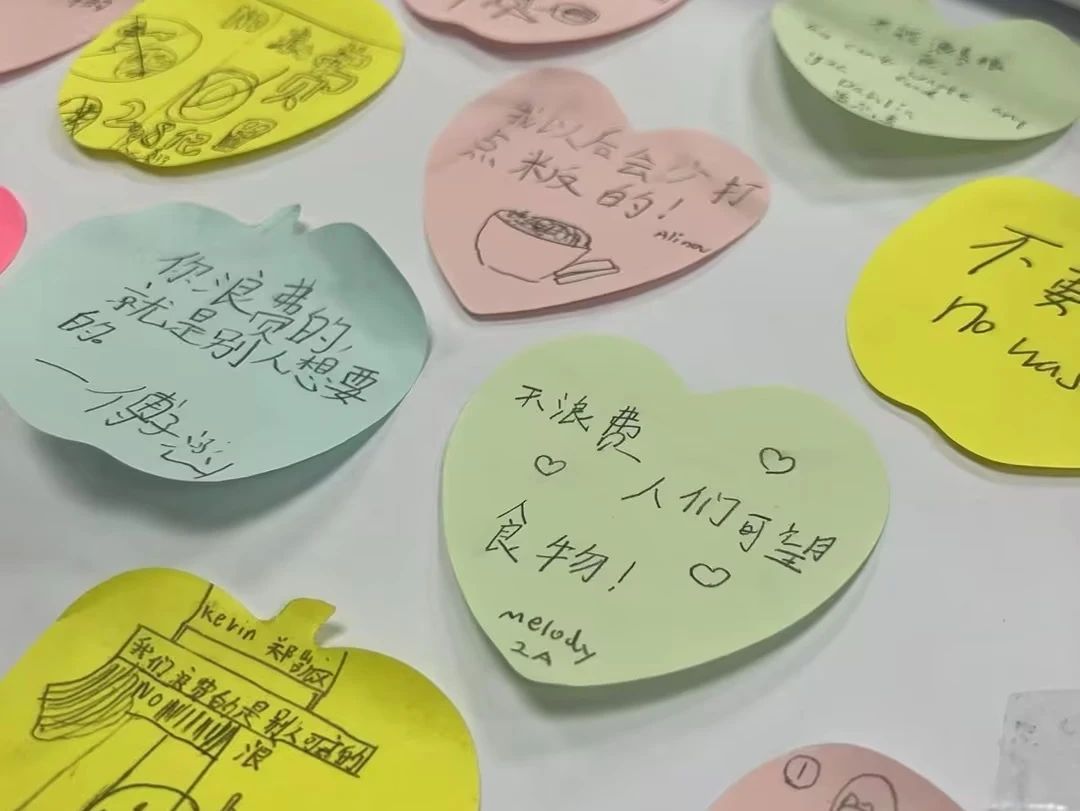
Student reflections after the activity
In Year 3, students in both Chinese and English Mathematics classes delved into the unit on 'Perimeter’. In the English Mathematics class, students used a roller distance meter to measure the perimeter of the school playground and the football field. In the Chinese Mathematics class, they collaborated in small groups to select appropriate tools for measuring the perimeter of irregular shapes. These activities allowed students to enhance their comprehension of the concept of ‘perimeter’ through practical, hands-on experience.
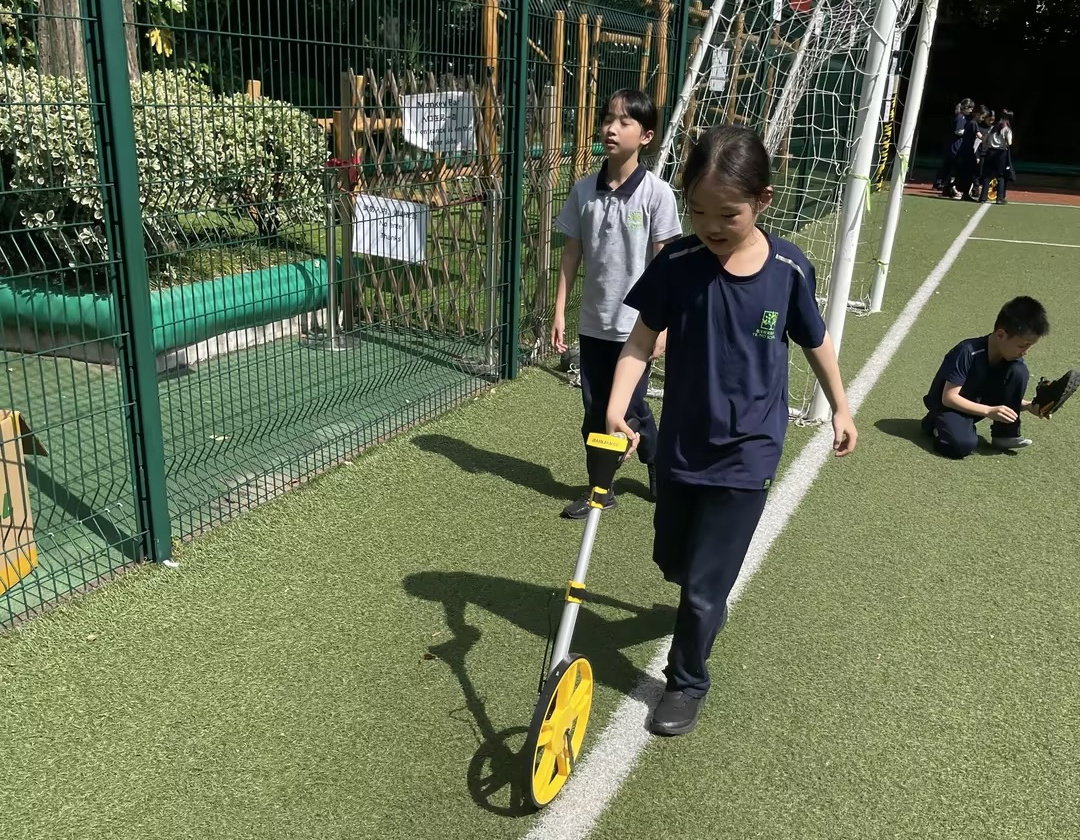
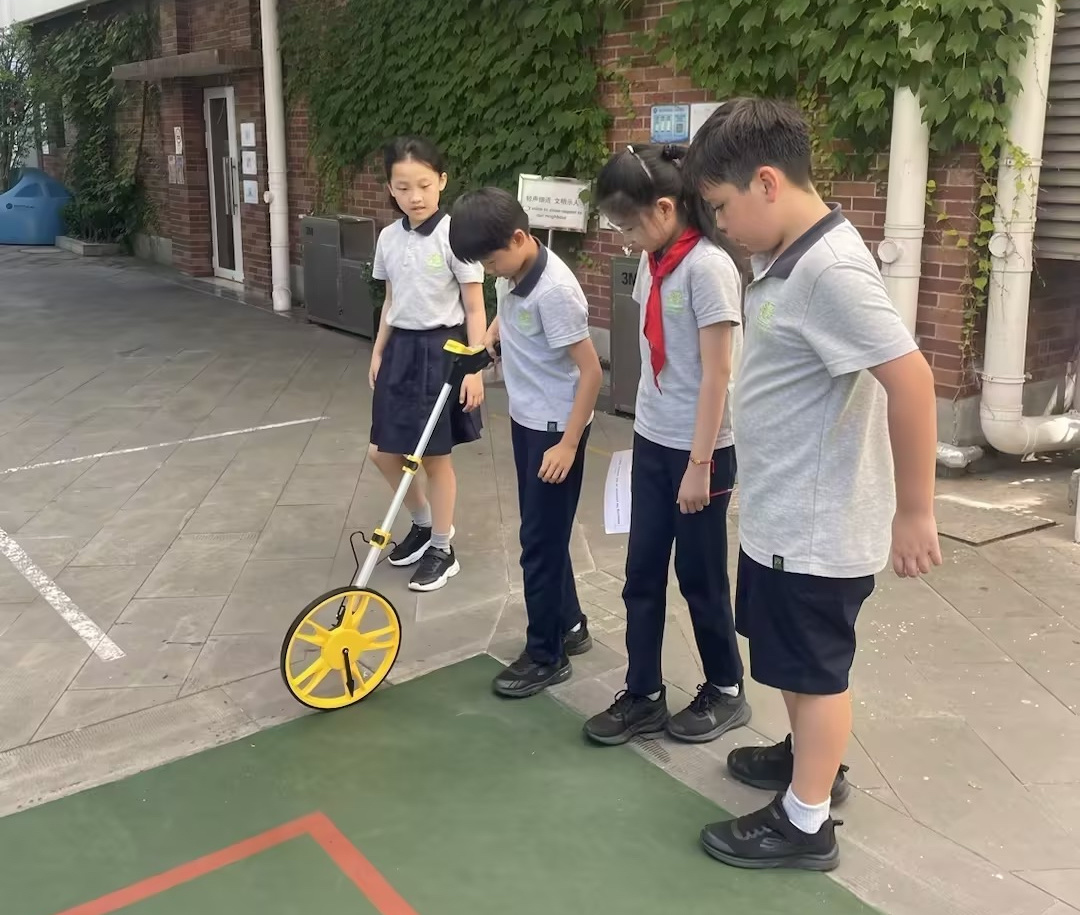
Students measuring the perimeter of the football pitch and the basketball court
Year 4 students embraced the challenge of 'Soma Cubes'. By constructing and illustrating numerous small squares, they honed their spatial imagination and organizational skills. This activity culminated in the introduction of the classic Soma Cube game. Students explored the history of the Soma Cube and endeavoured to craft their own unique, irregular, three-dimensional shapes using Soma Cubes. This experience fostered a deeper understanding of spatial concepts, sparking creative curiosity about spatial manipulation.
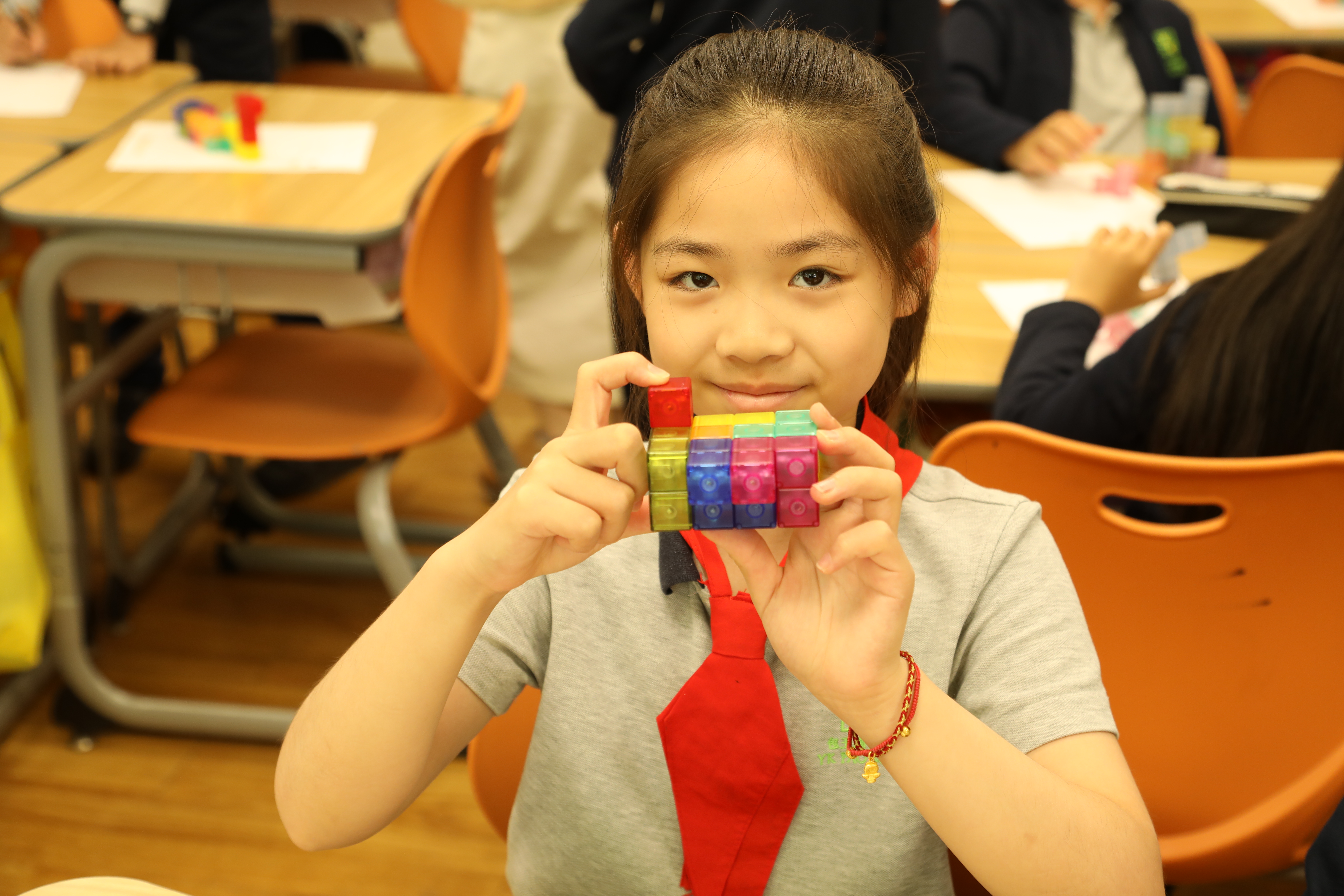
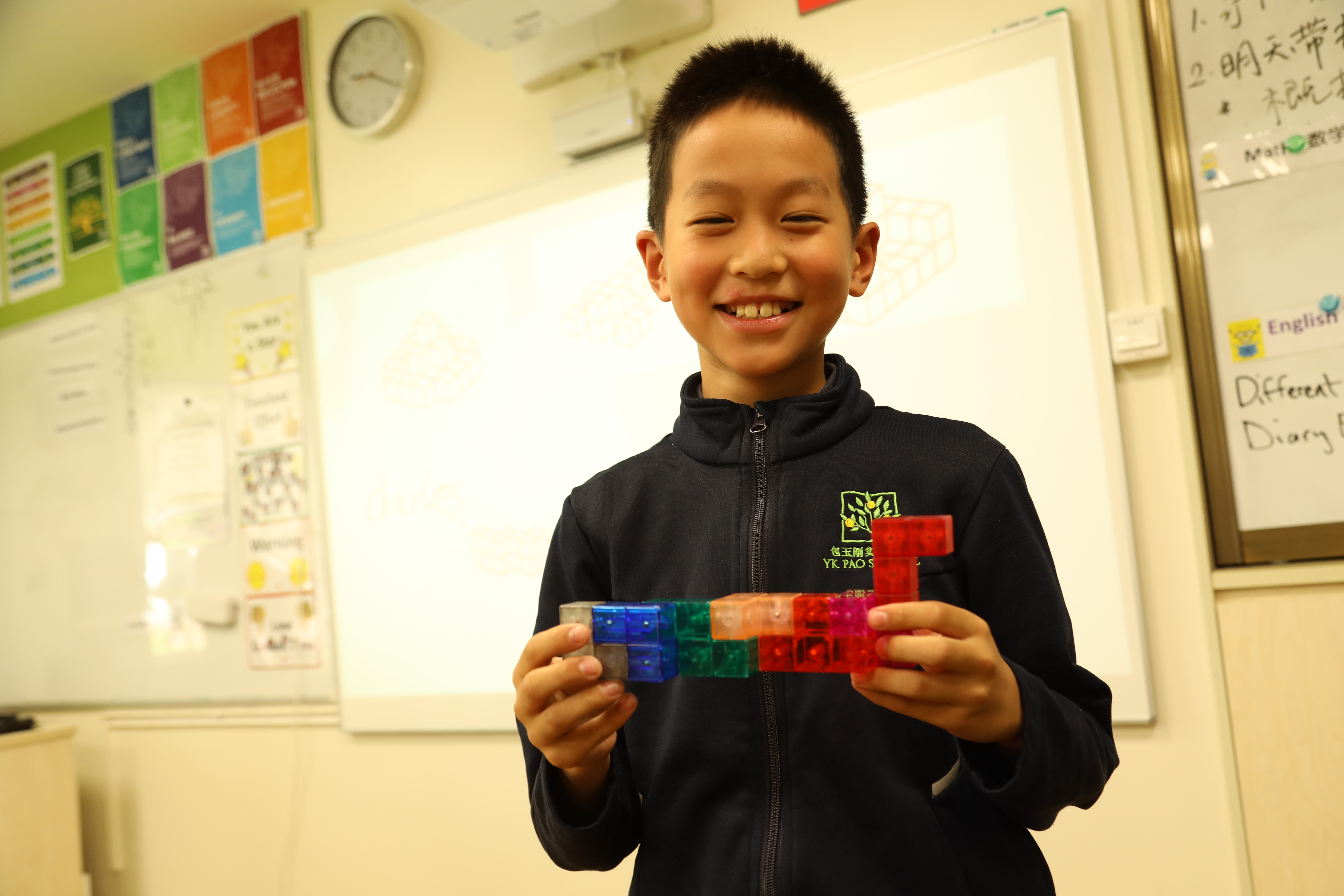
Students assembling the Soma Cube into 3D shapes
Year 5 students explored the marvels of three-dimensional geometry. They were tasked with designing their own experiments to investigate the relation of volume and surface area, by measuring the volume of a bean or a ping-pong ball. This involved selecting the materials, conducting the experiment, following the procedure step-by step until reaching a conclusion, and then reflecting on the problem and its solution.
Students tackled the question: 'How many 1x1x1 cubes can be removed from a 3x3x3 cube in a weightless environment, while maintaining the same surface area?' To investigate this problem, students utilized Minecraft programming software to construct 3D models, adding concreteness to their exploration of the concept.
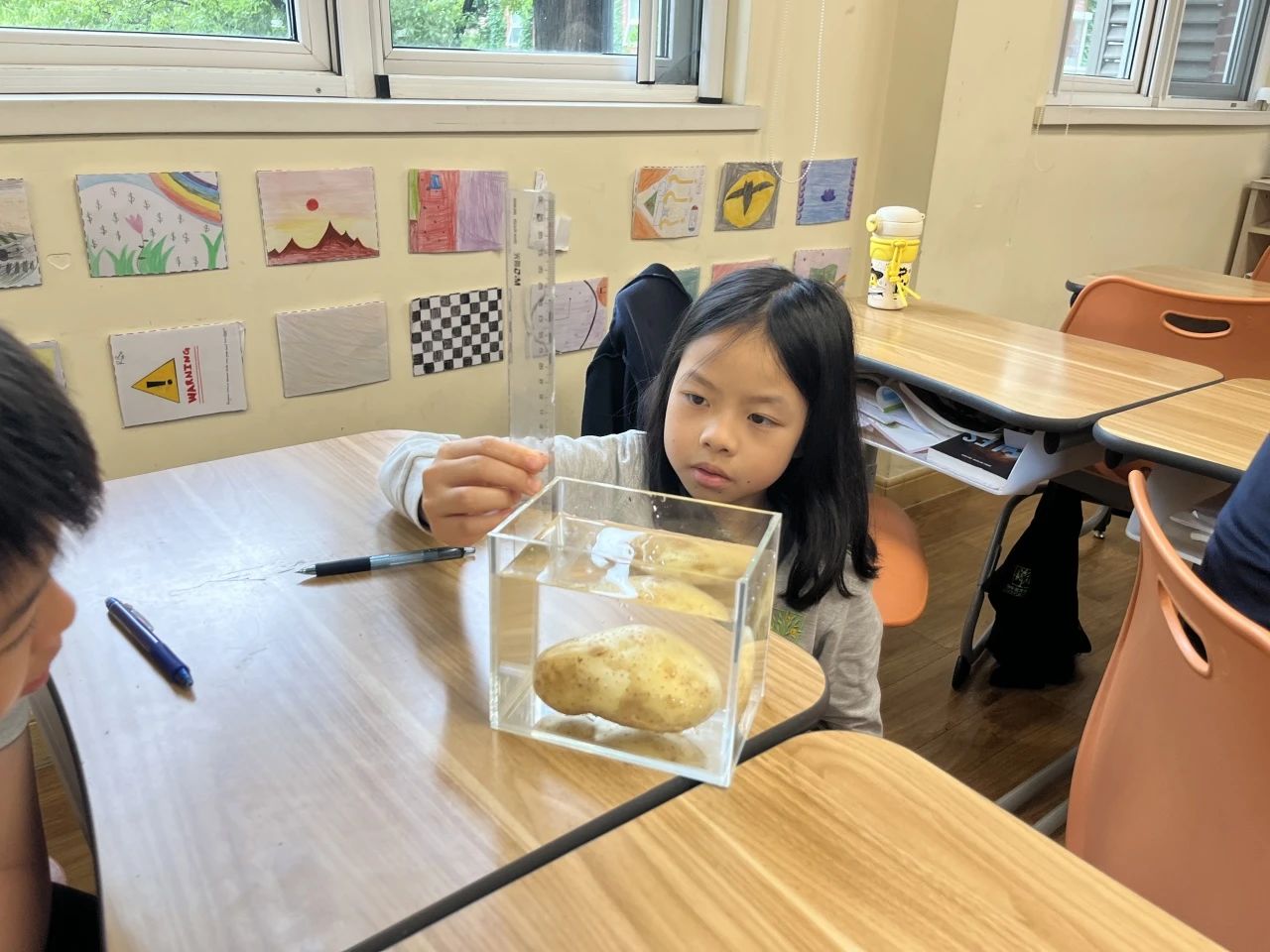
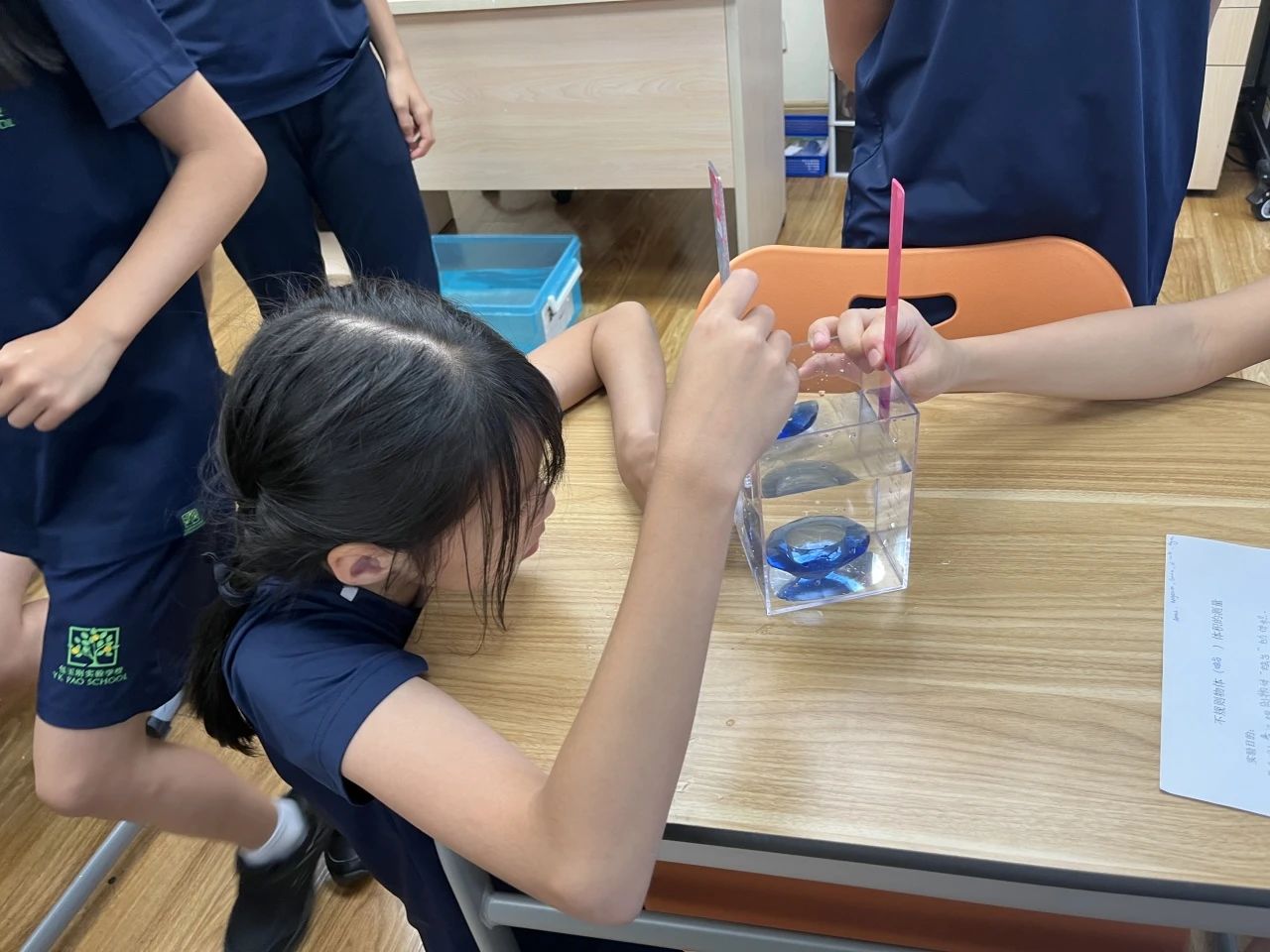
Students conducting volume experiments on irregular objects
In the maths class, students explore together like a team of adventurers, digging into practical applications from global issues to everyday technology. It's a place that fosters care and responsibility, much like an amusement park of surprises, broadening horizons and nurturing minds.
—— Vivian Shen,
Primary Head of Maths